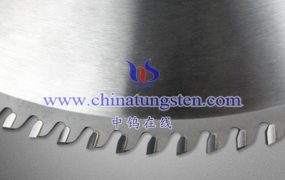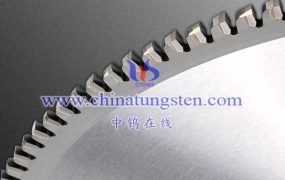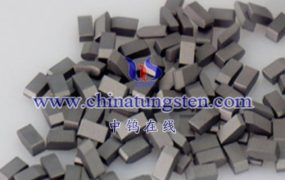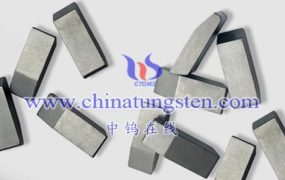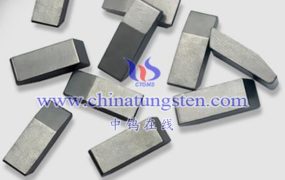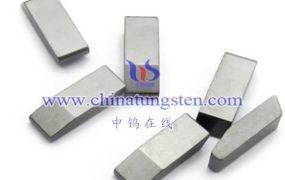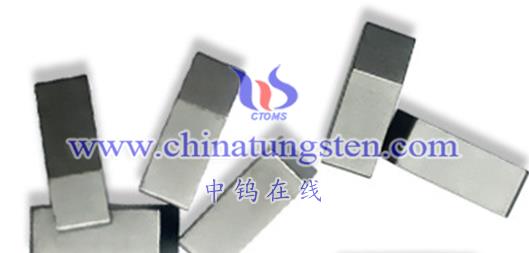
Carbide saw blades include most parameters such as tooth shape, angle, number of teeth, saw blade thickness, saw blade diameter, carbide type, etc. These parameters determine the saw blade’s processing capabilities and cutting performance. When selecting a saw blade, the saw blade parameters must be selected correctly according to your needs. Tooth shape, commonly used tooth shapes include flat teeth, trapezoidal teeth, trapezoidal teeth, inverted trapezoidal teeth, etc. Flat teeth are the most widely used and are mainly used for sawing ordinary wood. This tooth shape is relatively simple and the saw edge is rough. The flat teeth can make the groove bottom flat during the grooving process.
The razor-tooth sawing edge quality is relatively good, and it is suitable for cutting various artificial boards and veneer panels. Trapezoidal teeth are suitable for sawing veneer panels and fireproof boards, and can achieve higher sawing quality. Inverted trapezoidal teeth are commonly used in undergroove saw blades. </p> <p>The angle of the saw teeth is the position of the saw teeth during cutting.
The angle of the saw teeth affects cutting performance. The factors that have the greatest impact on cutting are rake angle γ, clearance angle α, and wedge angle β. The rake angle γ is the cutting angle of the saw teeth. The larger the rake angle, the faster the cutting. The rake angle is generally between 10-15°. The relief angle is the angle between the saw teeth and the processed surface. Its function is to prevent friction between the saw teeth and the processed surface. The larger the relief angle, the smaller the friction and the smoother the processed product. The clearance angle of carbide saw blades is generally 15°. Wedge angle is derived from rake angle and back angle. However, the wedge angle cannot be too small. It plays a role in maintaining the strength, heat dissipation and durability of the tooth. The sum of rake angle γ, back angle α and wedge angle β is equal to 90°.
The number of teeth of the saw teeth. Generally speaking, the more teeth there are, the more cutting edges can be cut per unit time and the better the cutting performance. However, more cutting teeth require more cemented carbide, and the price of the saw blade will be higher, but the saw teeth are too dense. , the chip capacity between the teeth becomes smaller, which can easily cause the saw blade to heat up; in addition, there are too many saw teeth, and when the feed rate is not matched properly, the amount of cutting per tooth will be very small, which will intensify the friction between the cutting edge and the workpiece, affecting the service life of the blade. . Usually the tooth spacing is 15-25mm, and a reasonable number of teeth should be selected according to the material being sawed.
The thickness of the saw blade: In theory, we hope that the saw blade should be as thin as possible. The saw kerf is actually a consumption. The material used to saw the board with a carbide saw blade and the process used to make the saw blade determine the thickness of the saw blade. When choosing the thickness of the saw blade, you should consider the stability of the saw blade and the material being cut.
The diameter of the saw blade is related to the sawing equipment used and the thickness of the workpiece being cut. The diameter of the saw blade is small, and the cutting speed is relatively low; the diameter of the saw blade is high, and the requirements for the saw blade and sawing equipment are high, and the sawing efficiency is also high.
A series of parameters such as tooth shape, angle, number of teeth, thickness, diameter, carbide type, etc. are combined into the entire carbide saw blade. Only by reasonable selection and matching can you better utilize its advantages.
More details of tungsten carbide product, please visit website: http://tungsten-carbide.com.cn/
Please contact CHINATUNGSTEN for inquiry and order of tungsten carbide:
Email: sales@chinatungsten.com
Tel.: 86 592 5129595
